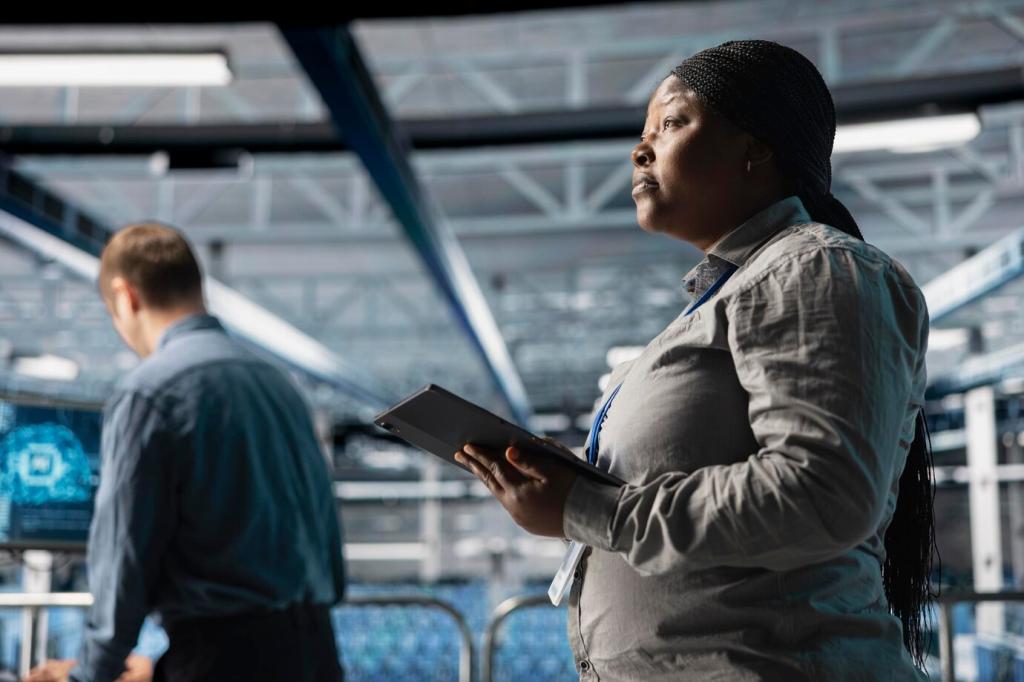Lifecycle Thinking and Embodied Carbon
Embodied carbon comes from extraction, manufacturing, transport, and installation before a building even opens. Consultants use Environmental Product Declarations and lifecycle assessment to compare options, set reduction targets, and track progress across stages—A1 to A5 during build, B in use, and C or D at end of life.
Lifecycle Thinking and Embodied Carbon
A midrise office aiming for net-zero nearly pursued demolition. The consultant modeled structural reuse and selective infill instead. Retaining the frame cut upfront emissions by more than half, preserved neighborhood character, and freed budget for high-performance windows and a superior envelope that slashed future operational energy.











